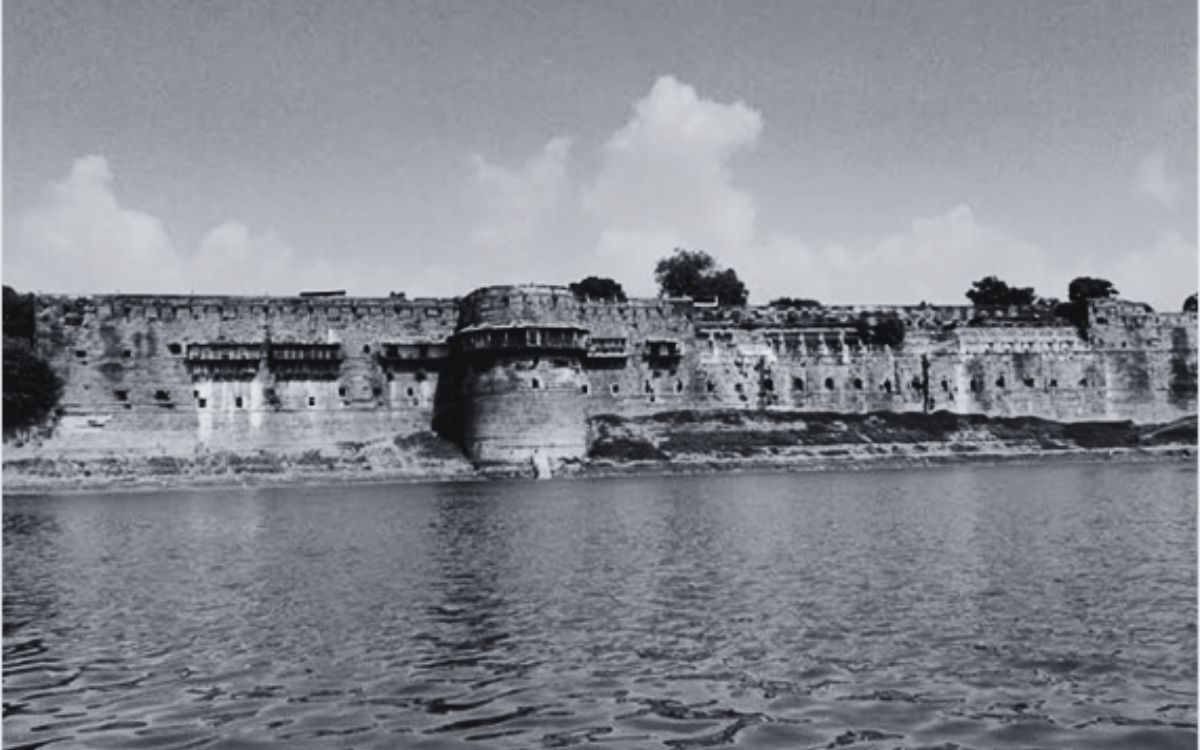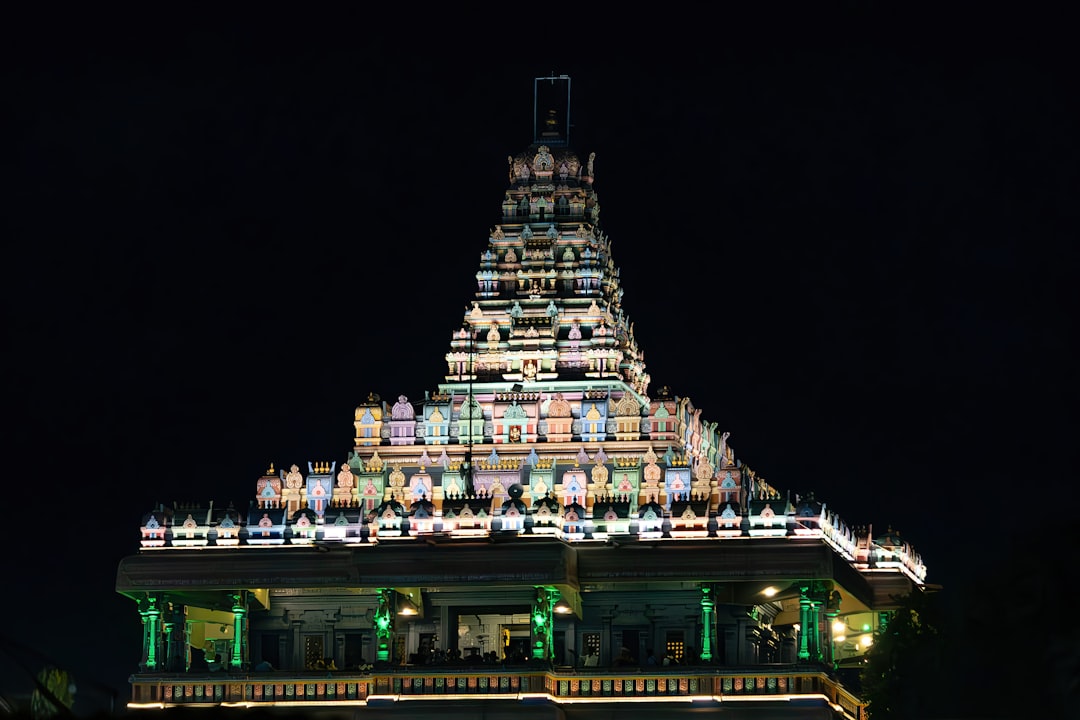Allahabad, officially renamed Prayagraj in 2018, is one of India’s oldest cities, steeped in rich historical, cultural, and religious heritage. Known as “Prayag” in ancient texts, it has been a pivotal location from ancient times through medieval eras, the colonial period, and modern-day India.
1. Ancient Period
Early References and Mythology
The city’s origins date back to ancient Hindu scriptures, including the Rigveda and Mahabharata, where it is known as Prayag, meaning “place of sacrifice”. Hindu mythology holds that Lord Brahma performed the first yajna (ritual sacrifice) at the confluence of the sacred rivers Ganga, Yamuna, and the mythical Saraswati, known as Triveni Sangam.
Maurya and Gupta Empires
- Mauryan Period (322–185 BCE): Emperor Ashoka erected the famous Ashoka Pillar, inscribed with edicts promoting peace and righteousness.
- Gupta Period (320–550 CE): Prayag became an influential cultural center. Emperor Samudragupta (335–375 CE) commissioned inscriptions known as Prayag Prashasti, detailing his victories and achievements.
2. Medieval Period
Mughal Era
- Foundation of Ilahabas (1583): Emperor Akbar founded the city of Ilahabas near the sacred confluence and constructed the grand Allahabad Fort in 1583, serving as a prominent administrative and military center.
- Jahangir’s Rule: Allahabad briefly served as the provincial capital under Emperor Jahangir (1605–1627), enhancing its political importance.
3. Colonial Period
British Colonial Influence
- Treaty of Allahabad (1765): Signed between the Mughal Emperor Shah Alam II and the East India Company, this treaty granted the Company revenue rights over Bengal, Bihar, and Orissa, marking a significant moment in colonial history.
- Administrative Developments: Allahabad was declared the capital of the North-Western Provinces in 1858 and later served as the capital of the United Provinces from 1902 until 1920.
Cultural and Educational Growth
- Allahabad High Court (1866): Established as one of India’s oldest high courts.
- Allahabad University (1887): Founded as one of the first modern universities in India, earning it the title “Oxford of the East” due to its academic prestige.
4. Indian Independence Movement
Role in Nationalist Movements
- Allahabad was central to India’s freedom struggle, hosting key sessions of the Indian National Congress, notably in 1888 and 1892.
- Anand Bhavan and Swaraj Bhavan: These homes became political nerve centers, associated prominently with Motilal Nehru, Jawaharlal Nehru, and later, Mahatma Gandhi.
- The city witnessed significant activities during the Non-Cooperation and Civil Disobedience movements in the 1920s and 1930s.
5. Post-Independence Era
Political Importance
- Post-1947, Allahabad emerged as a significant political hub, with several Indian Prime Ministers, including Jawaharlal Nehru, Lal Bahadur Shastri, and Indira Gandhi, originating from or connected to the city.
Renaming and Cultural Revival
- In 2018, the Uttar Pradesh government officially renamed Allahabad as Prayagraj to restore its historical and cultural identity.
- Prayagraj continues to host the Kumbh Mela, considered the world’s largest peaceful religious gathering, attracting millions of pilgrims globally every 12 years.
Conclusion
The city of Allahabad (Prayagraj) encapsulates a profound narrative of India’s evolving identity. Its history as a spiritual center, political hotspot, and educational hub makes it a remarkable testament to India’s rich and varied heritage.



